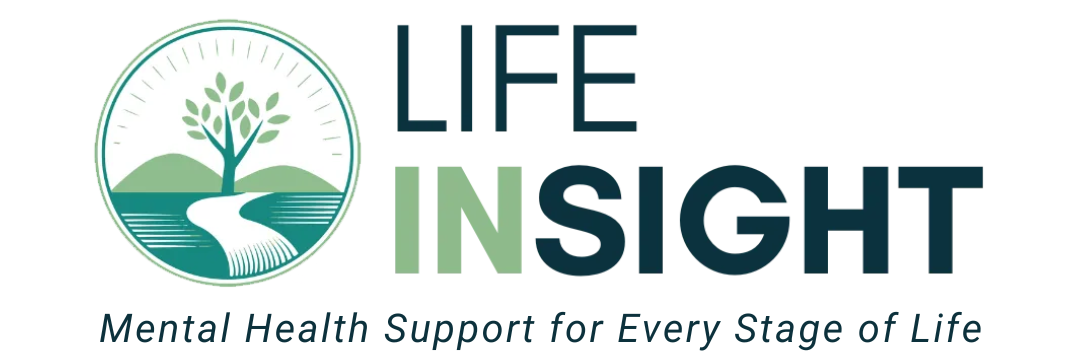Breaking the Cycle: Understanding and Managing OCD
Obsessive compulsive disorder (OCD) is oftentimes colloquially used as a descriptor for someone who is meticulous or particular. “I’m so OCD. I can’t stand mess.” Or “Stop being so OCD. You’re so picky.” Unfortunately, this kind of portrayal of OCD undermines how severely debilitating this disorder can be for those that struggle with it and their loved ones. It has the potential to disrupt large portions of one’s daily functioning, from life activities as mundane as picking out one’s clothes for the day to major life tasks such as attending school or work.
As it is a highly misunderstood disorder, the goal of this article is to provide a short introduction to OCD and ways to identify its hallmark characteristics. At the end of the article, there will also be suggestions for first steps to getting the right treatment for you or a loved one that might be suffering from OCD. Anything more would be beyond the scope of this post and I would recommend visiting the International OCD Foundation website (www.iocdf.org) for more information.
OCD, as its name denotes, is a serious disorder that is characterized by two distinct operations: obsessions and compulsions. Obsessions are the presence of any thought that is recurring, intrusive, and uncontrollable. Obsessions can be thoughts, mental images, or even urges that once they enter the person’s awareness, they cannot get rid of. What distinguishes them from other, regular intrusive thoughts is that they are unwanted and cause extraordinary distress for the individual having them. An example of a regular intrusive thought might be, “Did I lock the car door?” randomly while washing the dishes. Ordinarily, this thought might create some discomfort for the average person without OCD but can be easily dismissed or attended to without difficulty. However, for the person with OCD, this thought may cause the individual to experience a sharp, acute sense of fear and can even induce panic if they are unable to check or make sure that the door is indeed locked. This is because the intrusive thought is associated with a core fear that the person is struggling with. In this case, it may be that the person is afraid something catastrophic might happen as a result of being careless and forgetful; however, there are no limitations to what a person with OCD may develop a fear about. Core fears can be related to anything, but common ones are a fear of germs, doing something morally wrong, something terrible happening to oneself or their loved ones, having taboo thoughts of a sexual or religious nature, or feeling like something is not right.
Due to the severity of discomfort associated with obsessive thoughts, a person with OCD will engage in compulsions to alleviate the anxiety and discomfort they are experiencing. Compulsions are any behavior, both overt and mental, that a person performs in response to their obsessive thoughts with the goal of making them go away. For someone with a core fear of contamination, they may engage in excessive hand washing or an elaborate shower routine. Other compulsions may include staying away from dirty objects, avoiding activities that might cause them to become dirty, or making sure they have hand sanitizer or other cleaning supply with them at all times. For the car door example, a compulsion may be grabbing the car door handle multiple times to check that it is locked. The severity of the compulsion is often the most distressing part for the individual and their loved ones as it is the most taxing on multiple levels: physically, emotionally, mentally, and if severe enough, even financially. It may not be an issue to check the car door handle 2 or 3 times, but what if you felt the compulsion to check it 20 times? 50 times? What about once every 10 minutes? You can imagine how disruptive this could be to one’s daily life.
There are several evidence-based therapies that can help effectively treat and manage OCD symptoms; however, the gold standard for OCD treatment continues to be exposure & response prevention therapy (ERP). A type of cognitive-behavioral therapy, ERP helps the OCD sufferer learn to recognize and identify when the OCD is activated by intentionally exposing them to a feared stimulus. During an ERP session, the patient is asked to do a task that will trigger their core fears and elicit an anxiety response. Simultaneously, the patient is also prevented from engaging in any behaviors used to decrease their anxiety. In other words, patients are taught to confront their anxiety without trying to get rid of it so that their distress tolerance in response to triggers can increase. Contrary to popular belief, the goal of treatment is not to get rid of one’s anxiety, but to learn how to tolerate it and accept it for what it is: a natural emotion that cannot be eliminated. Like other emotions (e.g., sadness, happiness, and anger), anxiety serves a function and the solution to managing it is by accepting that it exists and learning from it rather than running away from it. Although this may sound intimidating, a skilled therapist will work with you to ensure that no exposure is too difficult or challenging as to be overwhelming. It is a highly collaborative process that can yield great results with even the smallest amount of willingness and motivation to get better.
If you believe you may be struggling with OCD, it is highly recommended that you begin treatment as soon as possible. Research suggests higher rates of remission for those that seek treatment soon after symptom onset. In fact, children and adolescents tend to have better success rates because the length of time that the OCD has been active tends to have been shorter than for adults seeking treatment for the first time. If you are interested in seeking treatment, please feel free to reach out to us, and we can set up an initial consultation to determine the best course of treatment. There is hope and a path to healing a phone call away.





